Matchlock weapons, though out of date in design, were still widely available especially in backwater colonial militias and in the more isolated areas as well as being found in the arsenals of many small nations and Princelings. Many matchlocks are found in the Spanish garrisons in the New World having been shipped there as the armies in Spain were upgraded. They are often issued to local militias and garrison troops. Matchlocks are the cheapest firearm available.
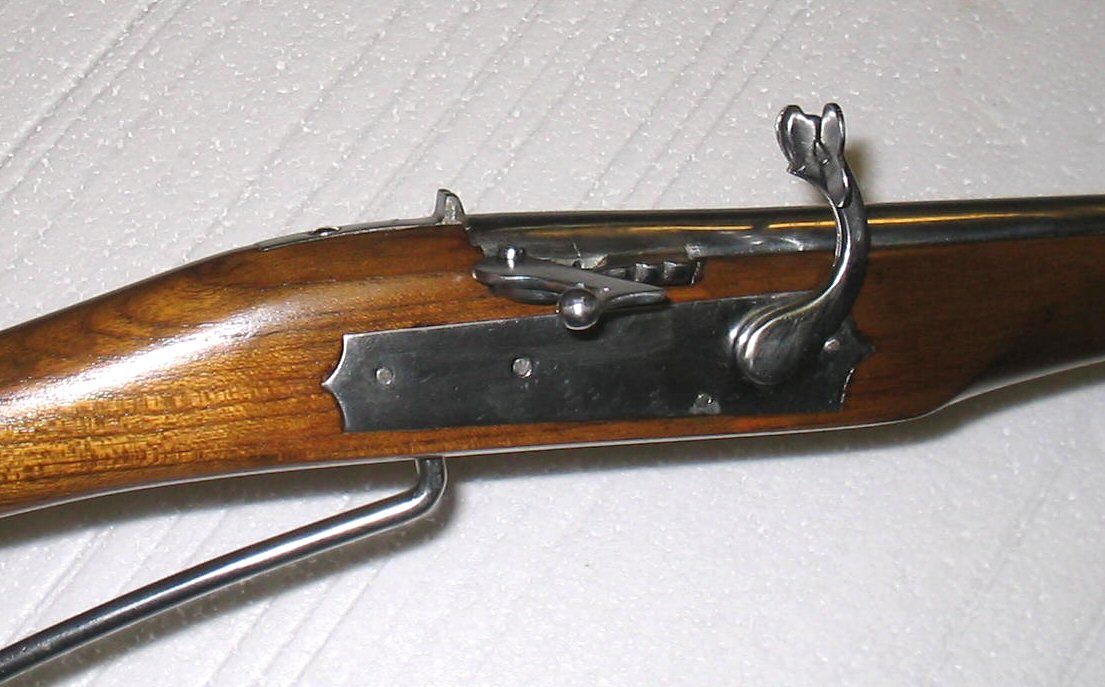
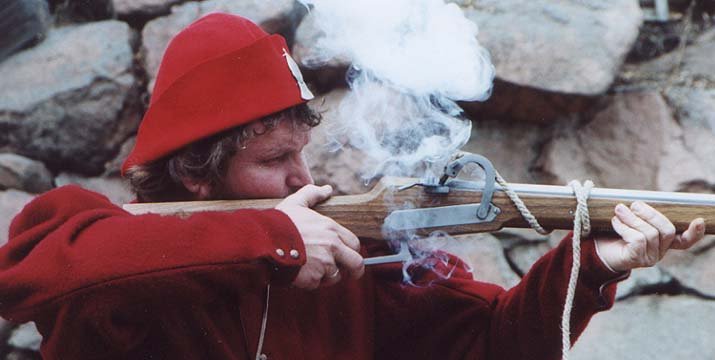
Matchlock pistols are rarer then matchlock muskets. They are clumsy and inconvenient to carry with the burning match. Officers, even in units armed with matchlock muskets, generally have more modern pistols. However they do exist and are still found on occaission.
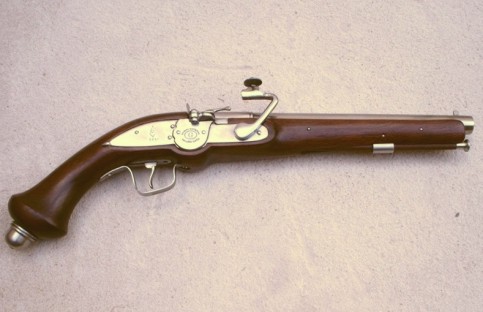
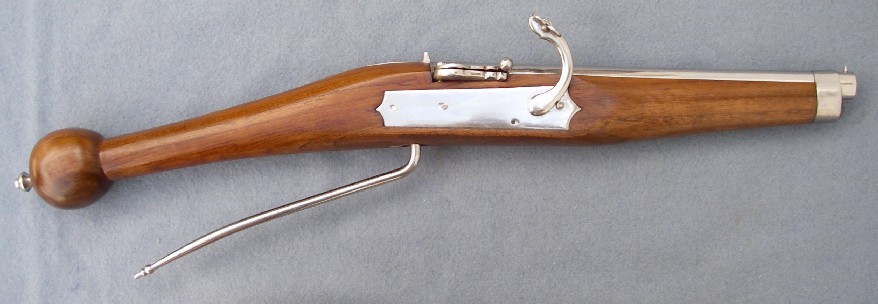
Matchlocks are still common in the far east and will turn up in treasure taken along the Indian trade routes. Japan and China produce high quality matchlock pistols and arquebus.
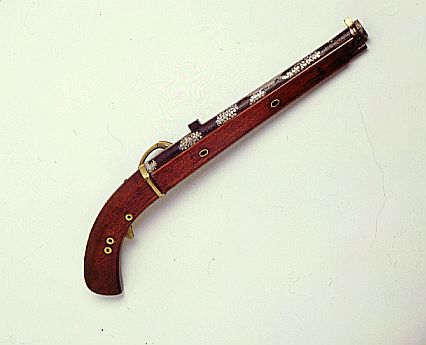
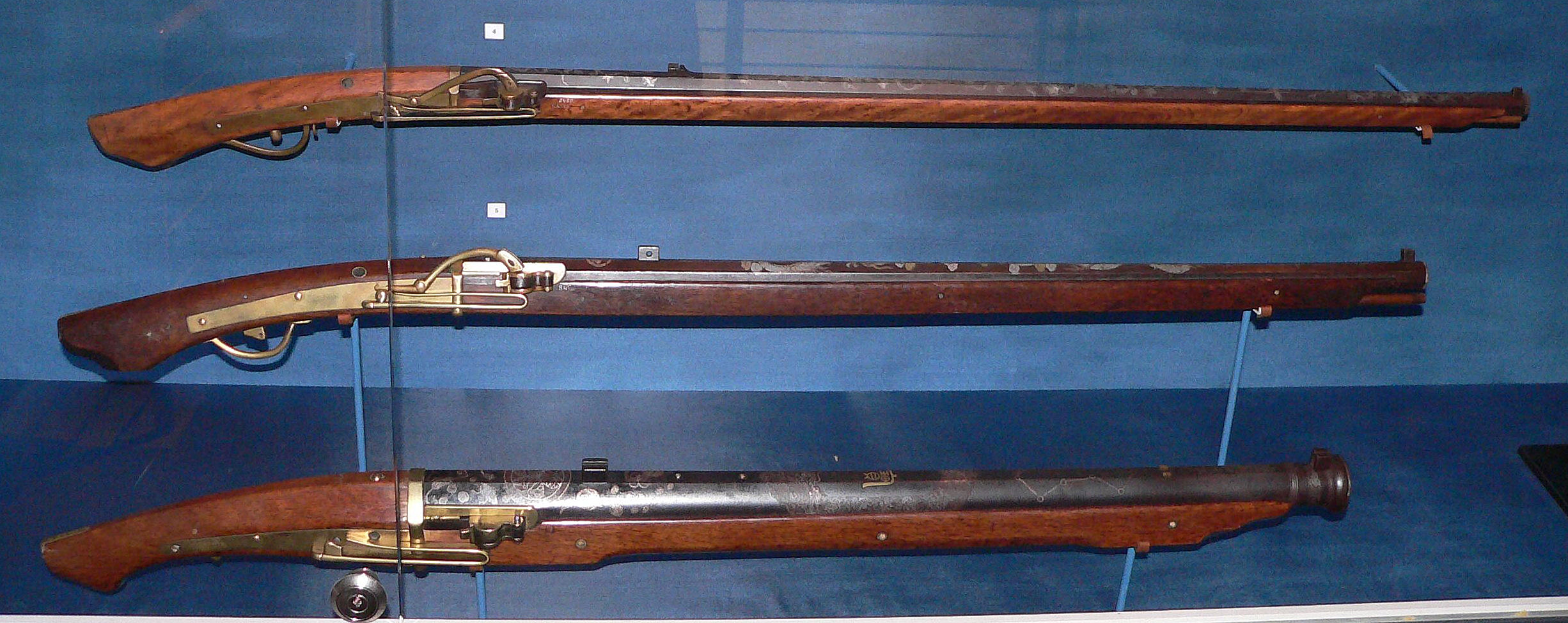

In Europe matchlock arquebus and the larger musket, are found in the arsenals of cash strapped countries and in isolated fortresses where the likelihood of a siege is remote. In the Caribbean they are primarily found equipping Spanish Militias which are concerned with controlling the native populations of the area.

European Matchlock Musket.
The matchlock musket was a heavy weapon, much longer then the arquebus, and the shooter frequently used a rest to steady the weapon for accurate shooting. Note the fish tail shaped butt. This was intended to be used as a devastating club in close combat.
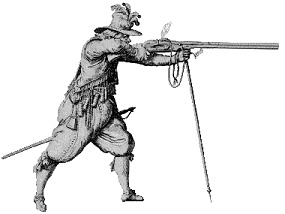
Matchlock musket firing from rest
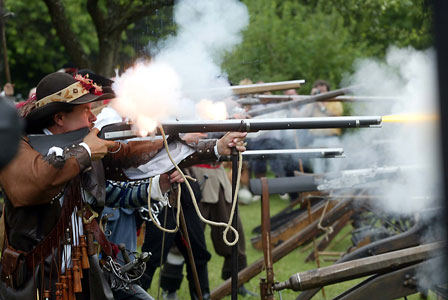
Matchlocks firing a volley
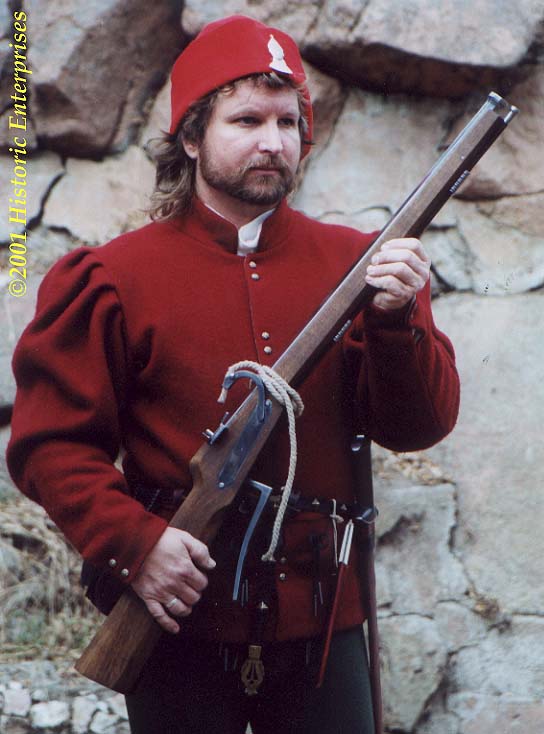
soldier with arquebus
“To fire their arquebuses they charge them to the mouth [of the gun] with powder; they take hold of them half way along the barrel with their left hand and move their arm as far away as they can, to prevent the fire from touching them ( as they are so afraid of it); and when they light it with the wick in their other hand they turn their face away, just like those who are waiting for the bloodletter to open a vein; and even when they fire they close their eyes and go pale, and shake like an old house”. (Quoted after Lorraine White. The Experience of Spain’s Early Modern Soldiers: Combat, Welfare and Violence. // War In History 2002; 9; 1.)
